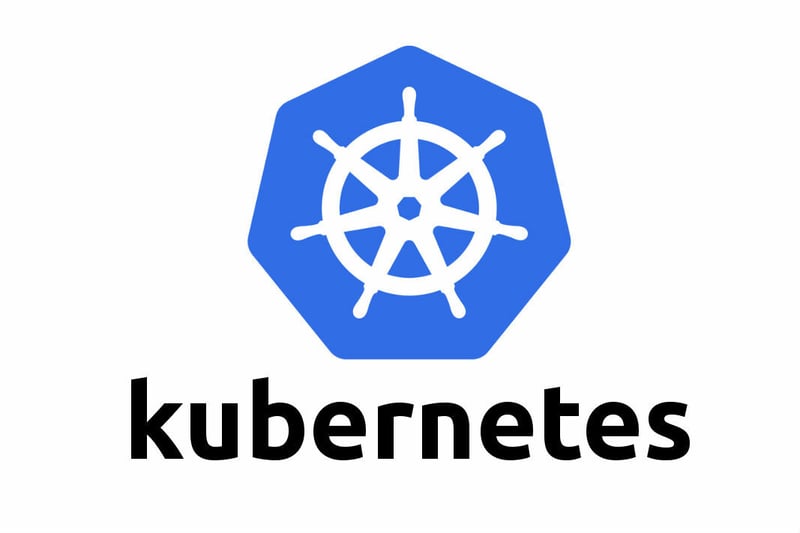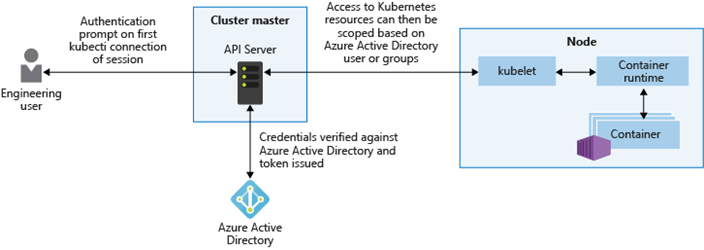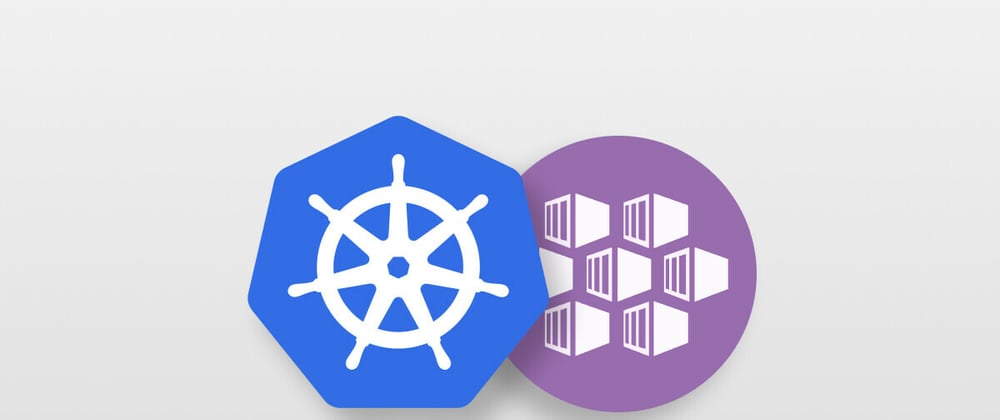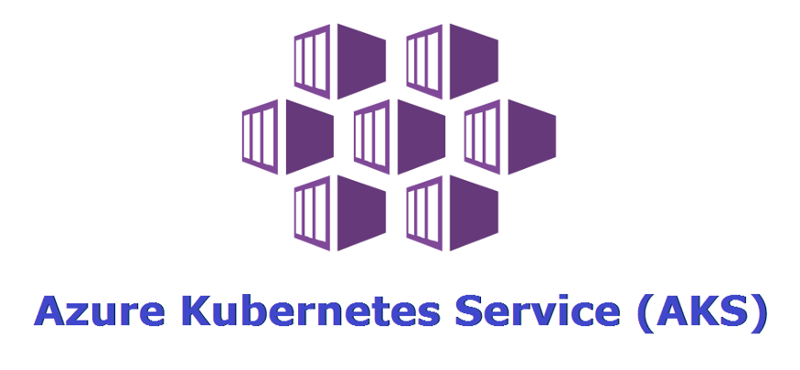Basics of Kubernetes

Kubernetes is a portable, extensible, open source platform for container orchestration. It allows developers and engineers to manage containerized workloads and services through both declarative configuration and automation.
Azure Kubernetes Service (AKS)
The first thing we should look at in this discussion is the definition of Azure Kubernetes Service. AKS is a managed container orchestration platform that has its foundation in the open-source Kubernetes system. AKS is available on Microsoft Azure public cloud, and its applications are ideal for deploying, scaling, and managing Docker containers. Azure Kubernetes Service (AKS) offers serverless Kubernetes, an integrated continuous integration and continuous delivery (CI/CD) experience, and enterprise-grade security and governance. Unite your development and operations teams on a single platform to rapidly build, deliver and scale applications with confidence.
Features of AKS
🎇The best thing here is that you don’t need profound expertise in container orchestration for using AKS. Furthermore, you can be able to reduce the stress of ongoing maintenance and operations. How? AKS supports efficient provisioning, upgrades, and scaling of resources according to demand without taking the applications offline.
🎇Upon deployment of an AKS cluster, you find the automatic configuration of the Kubernetes master and all nodes. You could also configure the additional features such as Azure Active Directory integration, monitoring, and advanced networking. Quite some amazing functionalities, aren’t they? So, let us take a deeper look into the features that you get with Azure Kubernetes Service.
Security, Access, and Monitoring
Common Azure Kubernetes Service documentation can shed light on the improvements in areas of access, security, and monitoring. AKS helps in integration with Azure Active Directory and using Kubernetes role-based access controls. Also, you could monitor the status of your cluster and resources.
RBAC helps in controlling access to Kubernetes resources and namespaces as well as permission to resources. Azure AD integration helps in the configuration of Kubernetes access based on existing identity and group membership. Azure Monitor can help in observing the performance of your AKS Azure cluster and deployed applications.

Quicker development and integration:
Azure Kubernetes Service (AKS) supports auto-upgrades, monitoring, and scaling and helps in minimizing the infrastructure maintenance that results in comparatively faster development and integration. It also supports provisioning additional computing resources in Serverless Kubernetes within seconds without fear about managing the Kubernetes infrastructure.
Use Cases of Azure Kubernetes Service
🎇AKS is also ideal for simplifying the deployment and management of applications based on microservices. The streamlined horizontal scaling, secret management, self-healing, and load balancing by AKS provide the necessary support.
🎇Bringing DevOps and Kubernetes together: AKS is additionally a reliable resource to bring Kubernetes and DevOps together for securing DevOps implementation with Kubernetes. Bringing both together improves the safety and speed of the development process with Continuous Integration and Continuous Delivery (CI/CD) with dynamic policy controls.
🎇Azure Kubernetes Service is also applicable in many other use cases. One of them is the ease of scaling by using AKS and Azure Container Instances. Also, you can find the applications of AKS for on-demand IoT device deployment and management. AKS can provide scalable compute resources for IoT solutions according to demand. AKS could also find applications in use cases that involve machine learning model training. Flexible tools in AKS such as Kubeflow and TensorFlow help in simplifying the training of machine learning models.
Bosch increases vehicle safety using map-matching algorithms and Azure Kubernetes Service
Bosch was the one that developed the first connectivity-based wrong-way driver warning that actually detects a wrong-way driver when he is going the wrong way up on a highway ramp and not only the driver but also the oncoming traffic that is potentially in danger.
*“We were looking for a cloud option where we could run our core business logic with zero changes on top of a new infrastructure,”* explains Bosch Technical Lead Hai Dang Le
When Robert Bosch GmbH set out to solve the problem of drivers going the wrong way on highways, the goal was to save lives. Other services like this existed in Germany, but precision and speed cannot be compromised. Could Bosch get precise enough location data—in real-time—to do this? The company knew it had to try.
The result is the wrong-way driver warning (WDW) service and software development kit (SDK). Designed for use by app developers and original equipment manufacturers (OEMs), the architecture pivots on an innovative map-matching algorithm and the scalability of Microsoft Azure Kubernetes Service (AKS) in tandem with Azure HDInsight tools that integrate with the Apache Kafka streaming platform.
The wrong-way driver warning solution runs as a service on Azure and provides an SDK. Service providers, such as smartphone app developers and OEM partners, can install the WDW SDK to make use of the service within their products. The SDK maintains a list of hotspots within which GPS data is collected anonymously. These hotspots include specific locations, such as segments of divided highways and on-ramps. Every time a driver enters a hotspot, the client generates a new ID, so the service remains anonymous.
Today the solution ingests approximately 6 million requests per day from devices emitting GPS data or from a partner’s back-end system. Anyone can download the SDK and try it out. The APIs grant a free request quota for test accounts. For production use, service providers request permission and then use the WDW SDK to register themselves for their own API authentication keys via the Azure API Management developer portal. Within their application, they configure the service’s endpoints by authenticating with their key for ingress and push notifications. The WDW service on Azure does the rest.
When a driver using a WDW-configured app or in-car system enters a hotspot, the WDW SDK begins to collect GPS signals and sensor events, such as acceleration and rotational data and heading information. These data points are packaged as observations and sent in the frequency of 1 Hertz (Hz)—one event per second—via HTTP to the WDW service on Azure, either directly or to the service provider’s back end, and then to Azure. The SDK supports both routes so that service providers stay in charge of the data that is sent to the WDW system.
If the WDW service determines that the driver is going the wrong way within a hotspot, it sends a notification to the originating device and to other drivers in the vicinity who are also running an app with the WDW SDK.
By orchestrating the deployment of containers using AKS, Bosch would get repeatable, manageable clusters of containers. Bosch already had a continuous integration (CI) and continuous deployment (CD) process to use in producing the container images and orchestration. The result: increased speed and reliability of deployments. Azure also provided end-to-end encryption for the whole solution which is a key aspect when you are dealing with sensitive information like the driver’s current GPS location.
Currently, the WDW system of Bosch’s is wrong only 4 times out of a million cases. And Bosch is the only cloud-based solution for wrong-way driver warnings in the market.









Top comments (0)